What is CPS?
CPS stands for cost per sale, which calculates how much you’re spending to make one sale from your ad campaign.
Try searching for
Cost per sale (CPS) is an advertising metric that tells you how much you spend to make a single sale from a specific ad campaign.
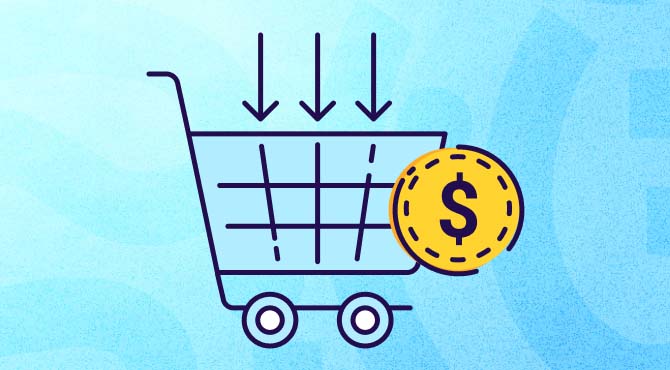
Cost per sale (CPS) measures the amount spent to generate a single sale from an advertising campaign. It’s calculated by dividing the total cost of the campaign by the number of sales it produces.
This metric helps you understand the direct financial impact of your marketing campaigns in relation to revenue generation. In other words, you get a straightforward look at how efficiently your ad spend translates into revenue.
Use this formula to calculate CPS:
Cost per sale = Total marketing and sales cost / Number of sales
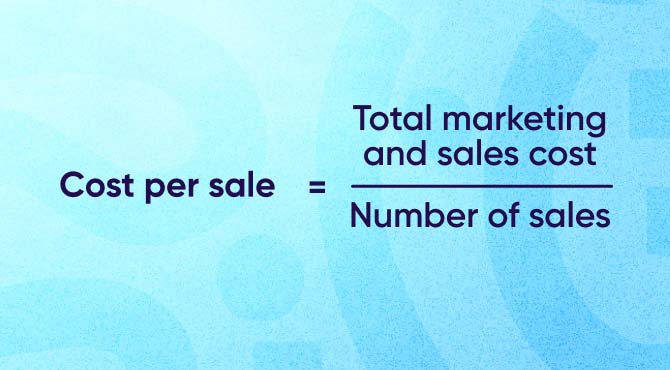
“Total marketing and sales cost” covers everything you spend on those areas, including things like ad spend, salaries for your sales team, and costs for marketing materials. Meanwhile, “number of sales” is simply the total sales you make from these efforts within the same timeframe.
Suppose you run a mobile marketing campaign with the following details:
Using the CPS formula:
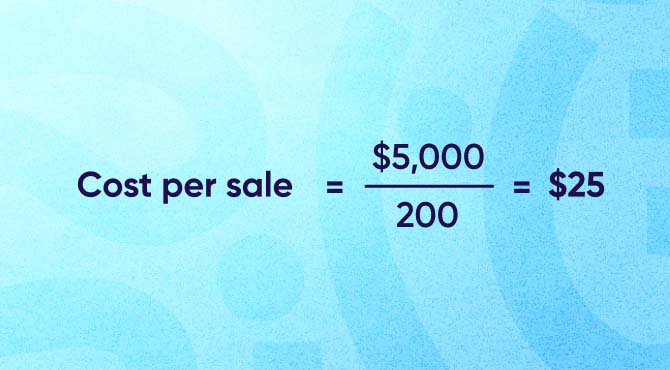
This shows that your business spent $25 to acquire each sale. You can use this info to understand the cost-effectiveness of your campaign and set a baseline for optimizing future marketing strategies.
CPS is a straightforward metric that neatly connects spend with revenue. That brings a number of advantages for your business:
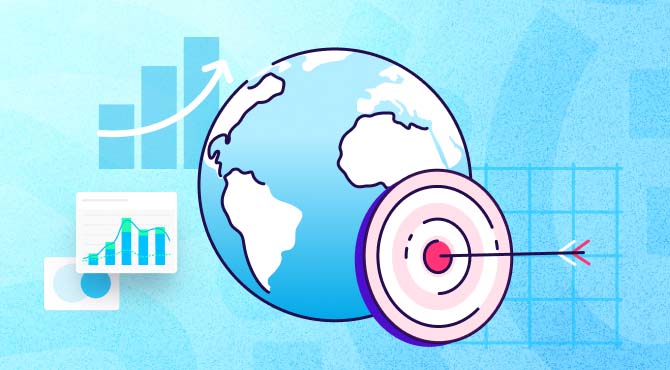
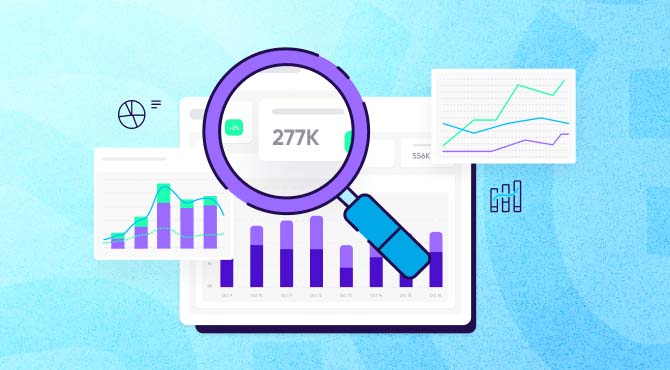

CPS in mobile app marketing hinges on various factors that shape the efficiency and success of your campaigns. Knowing these factors helps you fine-tune your strategy for best results:
Identifying and reaching the right audience is crucial for lowering CPS, because it boosts conversion rates. For mobile app marketers, this means zeroing in on users most likely to buy in-app items or subscribe to premium services. For instance, you can target users based on their app usage patterns or past purchasing behavior to execute more effective campaigns.
Channels like social media ads, in-app ads, and search ads — each with unique advantages and cost structures — yield different results. For mobile apps, user acquisition through social media platforms like Facebook or Instagram might be more cost-effective than other channels. Picking the most efficient channels for your audience can lower CPS.
The efficiency of your conversion funnel is crucial. You need to ensure the journey from app discovery to purchase is seamless. Reducing friction points, such as complex registration processes or slow load times, can speed up conversions and lower CPS. Optimizing your app UX and streamlining the purchasing process can also make a positive difference.
CRO involves tweaking various elements of your app to boost the percentage of users who make a purchase. This can include A/B testing different versions of app screens, optimizing onboarding flows, and enhancing call-to-action buttons. Effective CRO leads to higher conversion rates, meaning more sales from the same ad spend, which helps trim down your CPS.
While not always a direct factor in mobile app marketing, customer service quality can still impact CPS. Efficient customer service that resolves issues quickly and enhances user satisfaction can reduce churn rates and improve overall user retention. And it typically costs less to sell to existing customers than to acquire new ones.
High rates of refunds and returns can negatively impact CPS. For mobile apps, this might mean users uninstalling the app or canceling subscriptions shortly after purchase. Ensuring high app quality, delivering on promises made in marketing materials, and providing excellent customer support can minimize dissatisfaction and reduce the number of refunds, thus lowering CPS.
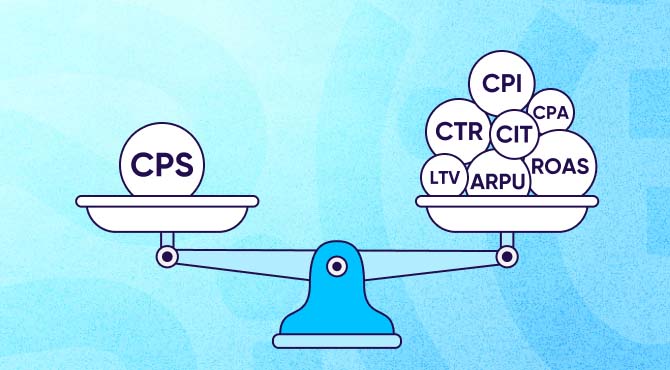
CPS is great for judging how well your marketing campaigns are doing, especially in mobile app marketing. However, it’s best not to rely on it alone.
Comparing CPS with other key metrics helps you get a fuller, more accurate picture of your campaign’s performance and overall business health. Let’s understand how CPS stacks up against other important app metrics:
Definition: CPC measures the cost incurred for each click on your ad.
CPS focuses on the cost of an actual sale, while CPC only tracks the cost of attracting a click, regardless of whether that click leads to a sale. Additionally, CPS gives you a direct link between ad spend and revenue, whereas CPC is more about driving traffic to your app or site.
Definition: CPM measures the cost per thousand impressions of your ad.
CPM focuses on the exposure of an ad, regardless of clicks or sales, which makes it useful for brand awareness campaigns. On the other hand, CPS is concerned with the actual sales generated from the ad impressions, making it more suitable for performance-driven campaigns.
Definition: CPL measures the cost incurred to acquire a lead.
CPL is about the cost of acquiring potential customers (leads), while CPS measures the cost to acquire paying customers. Consequently, CPL comes in handy for campaigns aimed at generating interest or capturing contact info, and CPS serves as the final step in the conversion funnel.
Definition: LTV estimates the total revenue a customer generates over their relationship with your business.
CPS measures the cost of acquiring a sale, but LTV provides insight into the long-term value of that customer. A low CPS is great, but it’s more meaningful when paired with a high LTV, indicating that those customers will bring substantial long-term value.
Definition: CAC measures the total cost of acquiring a new customer, including marketing and sales expenses.
CAC is broader than CPS, covering all costs associated with customer acquisition — not just marketing expenses. CPS is part of CAC, focusing specifically on the direct cost of generating sales through advertising.
Top Tip: Use our metrics comparison tool to compare app marketing metrics and take informed marketing decisions.
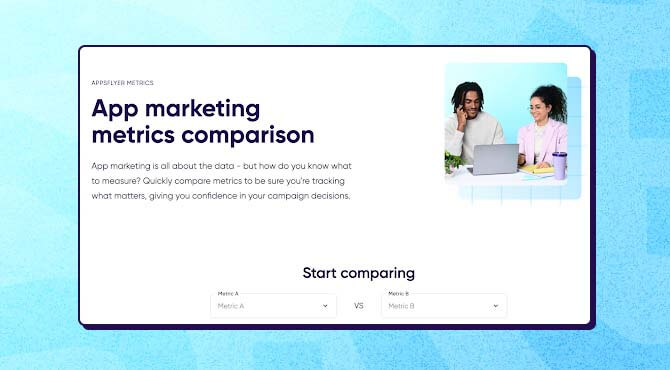
Lowering your CPS is all about using your budget as efficiently as possible — ensuring all your marketing efforts are geared towards maximizing conversions (sales), and nothing is wasted. Follow these best practices to keep your campaigns on track:
Zero in on your target audience to make sure your ads reach those most likely to convert. Use demographic data, user behavior, and psychographic profiles to tailor your ads to specific segments.
For instance, a fitness app could focus on users who’ve downloaded health-related apps or shown interest in fitness content on social media. By not not wasting ad spend on uninterested users, you’ll lower your CPS.
Create compelling ad creatives and copy that resonate with your audience. Think: high-quality visuals, clear messaging, and strong CTAs. These high-impact elements can significantly boost engagement and conversions. A tool like AppsFlyer’s AI-powered Creative Optimization can help you find the winning formula.

Lead generation builds a pipeline of potential customers you can nurture over time. Capture leads through free trials, email sign-ups, or pre-registration to engage with users and convert them into paying customers eventually.
Search traffic is a goldmine because users actively looking for solutions are more likely to convert. With search engine advertising (like Google Ads), you can capture this intent-driven audience, leading to higher conversion rates and lower CPS.
For example, if you have a language-learning app, target keywords like “best app to learn Spanish.” Your ads will be shown to users already interested in finding a language-learning solution, boosting conversions.
Negative keywords keep your ads from appearing in irrelevant searches, saving you money. By excluding terms that don’t align with your app, your budget only goes toward high-intent searches.
For example, using negative keywords like “free” or “download” helps avoid showing ads to users looking for free options, focusing instead on those ready to purchase.
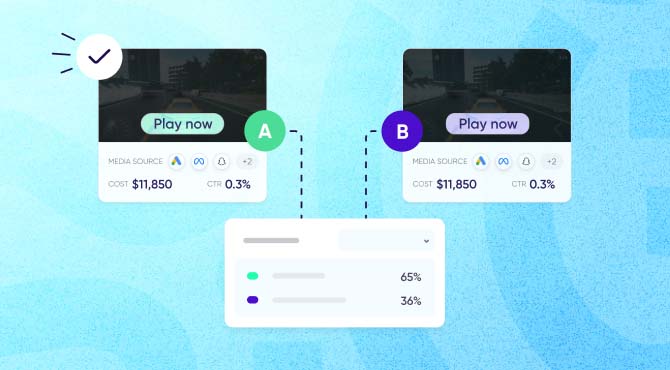
Use data analytics to pinpoint which aspects of your campaigns are working and which need improvement. Creative testing and optimizing ad elements can further reduce CPS by enhancing ad effectiveness. Test various ad headlines and images to find the highest conversion rate, using tools like Google Analytics and Facebook Ads Manager to track performance.
A seamless user experience on your landing page can increase conversion rates and reduce CPS.
Make sure your mobile app landing pages are optimized for conversions, with fast load times, clear and compelling content, easy navigation, and a straightforward call to action. For example, a finance app should highlight key benefits, include user testimonials, and have a prominent download button to encourage immediate action.
Use email marketing to keep potential customers engaged, by sending personalized email campaigns that guide leads down the sales funnel.
For instance, if you have a music streaming app, target users who signed up for a free trial but haven’t yet subscribed with updates on new features, exclusive content, or limited-time offers to boost conversion rates.
CPS stands for cost per sale, which calculates how much you’re spending to make one sale from your ad campaign.
Factors impacting CPS include who you’re targeting, where you’re advertising, how smooth your sales process is, how well your ads convert, and how much you spend on customer service and dealing with returns.
CPS is crucial for understanding the direct financial impact of your marketing efforts, allowing you to see how effectively your ad spend translates into actual sales.
To lower your CPS, try refining your target audience, using negative keywords, optimizing landing pages, and continuously testing and optimizing your ads using data analytics.